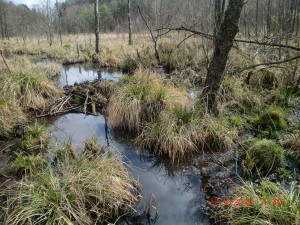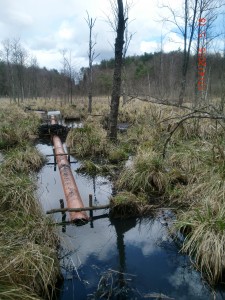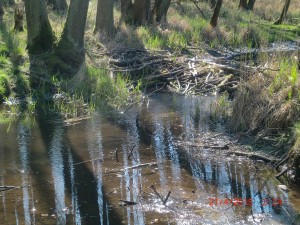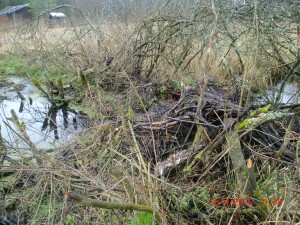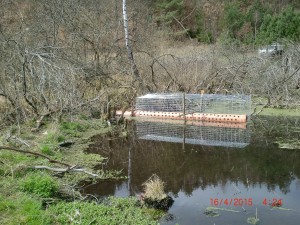We installed first Clemson’s cylinders
In April, the first devices were installed for determining appropriate conditions of water conditions disturbed by the activity of beavers.
The devices are an essential element of the action C.5: “Optimization of water conditions disturbed by the activity of beavers” in the project. The purpose of the above is to prevent the destruction of habitat 7230. Currently Naturalists Club recorded a significant increase of beaver families activity on localities where project is realised. It results in a significant threat to the habitat 7230, which does not tolerate long-term flooding by eutrophic surface water. In order to preserve the habitat – also in nature reserves, it is necessary to interfere with the existing beaver dams to avoid flooding with surface water. These activities carried out in parallel with those of the active protection of habitat by restoring extensive mowing, have the best chance to preserve the habitat in the country.
Within the project we installed a perforated PCV pipe in the beaver dams to provide the desired level of water – optimal for alkaline fens. Knowing the parameters of the dam and the maximum elevation of the water surface in a beaver pond can be estimated and determined. Clemeson’s cylinders placed in the beaver dam determines the level of impoundments – it minimize the damage to habitats 7230 done by flooding by surface waters and at the same time it maintains beaver habitat.
Clemeson’s cylinders are tested by the Club (as well as in Europe and the world) method of minimizing the negative impacts of beavers activity on protected habitats. Below is a diagram of such a device included in the work: Close T. J. 2003. Modifications to the Clemson pond leveler to facilitate brook trout passage. Minnesota Department of Natural Resources Special Publication 158, 1–9 (changed):
And some photos:
| BEFORE | AFTER |
This text is also available in: PL


